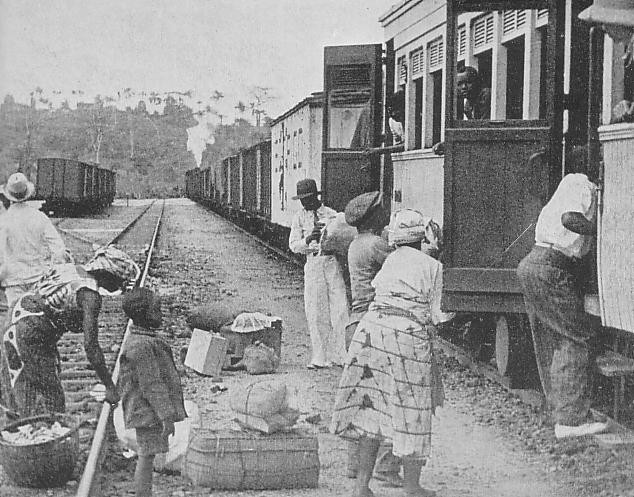HIV Originated in 1920s Kinshasa During 'Perfect Storm' for Pandemic

The HIV pandemic originated in Kinshasa, the capital of the Democratic Republic of the Congo, scientists have said, solving a long held mystery about the virus.
An international team of researchers say they are "almost certain" the virus began its global spread from the DRC after reconstructing the genetic history of the HIV-1 group M pandemic.
This pandemic saw HIV spread across Africa and eventually the globe, leading to 75 million infections to date.
Led by the University of Oxford University and the University of Leuven in Belgium, scientists say the virus emerged in Kinshasa around 1920.
Published in Science, senior author Oliver Pybus said: "Until now most studies have taken a piecemeal approach to HIV's genetic history, looking at particular HIV genomes in particular locations. For the first time we have analysed all the available evidence using the latest phylogeographic techniques, which enable us to statistically estimate where a virus comes from.
"This means we can say with a high degree of certainty where and when the HIV pandemic originated. It seems a combination of factors in Kinshasa in the early 20th Century created a 'perfect storm' for the emergence of HIV, leading to a generalised epidemic with unstoppable momentum that unrolled across sub-Saharan Africa."
HIV was transmitted from primates and apes to humans at least 13 times, but only one of these events resulted in the pandemic. Researchers believe that between the 1920s and 1950s, factors including urban growth, railway links and changes to the sex trade allowed for the virus to spread so effectively.

In particular, findings showed the DRCs transport links meant Kinshasa had become one of the best connected cities in Africa.
Nuno Faria, first author of the paper, said: "Data from colonial archives tells us that by the end of 1940s over one million people were travelling through Kinshasa on the railways each year. Our genetic data tells us that HIV very quickly spread across the DRC (a country the size of Western Europe), travelling with people along railways and waterways to reach Mbuji-Mayi and Lubumbashi in the extreme South and Kisangani in the far North by the end of the 1930s and early 1950s.
"This helped establishing early secondary foci of HIV-1 transmission in regions that were well connected to southern and eastern African countries. We think it is likely that the social changes around the independence in 1960 saw the virus 'break out' from small groups of infected people to infect the wider population and eventually the world."
Pybus added: "Our research suggests that following the original animal to human transmission of the virus (probably through the hunting or handling of bush meat) there was only a small 'window' during the Belgian colonial era for this particular strain of HIV to emerge and spread into a pandemic.
"By the 1960s transport systems, such as the railways, that enabled the virus to spread vast distances were less active, but by that time the seeds of the pandemic were already sown across Africa and beyond."
© Copyright IBTimes 2025. All rights reserved.























